Catadioptric lenses - old is new again...
Catadioptric lenses - old is new again...
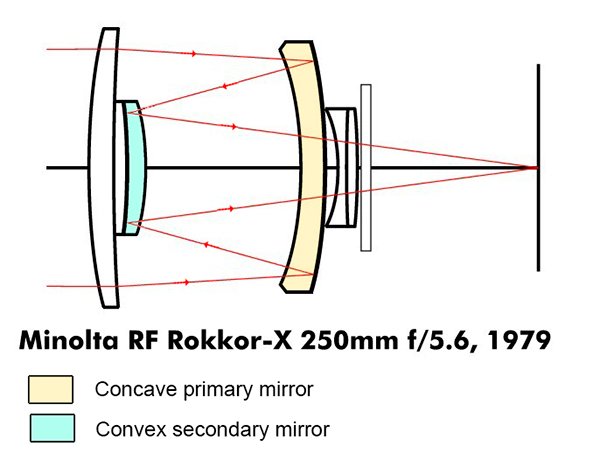
What the hell is catadioptric lens, you may ask. Simply speaking, its a lens with reflex mirror. Similar design can be also found in reflector telescopes. Why old - first lenses of this kind were introduced to mass market in 70's and were quite expensive (6000$ back then). However the first general purpose catadioptric lens was created by Dmitri Maksutov 1944 MTO 500mm f/8 in Maksutov–Cassegrain configuration, adapted from his 1941 Maksutov telescope.
In the past (70s-2000s) CAT lenses were problematic. Fastest lens I have found was F4.5 - it's not much (most of them are around F8), and with combination of focal lenght 500mm... you need fast shutter - about 1/1000 of seconds or even less !
In technological "dark ages" (70s-2000s) CAT lenses problems:
- you had to use fast film (iso 400+) or use stable tripod
- only good weather feasible for handheld shooting (low light transmission)
- dark lens makes it hard to manually focus (there was only one AF CAT lens - by Minolta/Sony)
- problematic framing (dark viewfinder)
But now we have digital cameras... with ludicrous high usable ISO and other cool stuff.
Year ago I decided to buy Sony A7s - 12 megapixel high ISO monster with great CMOS sensor. Using good lens you can use it almost like night vision goggles (try to pair it with Canon 50L lens!). Another bonus - outstanding EVF - you can see exactly what your picture will look like. Short lens register gives possibility do adopt almost any lens you can imagine (with some limitations...).
So old is new again... I bought Tokina 500mm RMC F8 lens for ludicrous low price (50 Eur). I was not sure what to expect. Over the internet I have found samples from APS-C sensors only, so full lens potential was never shown.
Lens arrived..and I connected it to Sony using FOTGA adapter (Minolta MD mount to Sony E)... and voila...

First thing - I set shutter speed to 1/800s with auto ISO - at 7:00 pm to avoid blurry images. With sunset and cloudy weather, ISO was oscillating from 5000 to 10000 (for this camera - its a piece of cake) - so I was able to shoot handheld. Due to EVF image in viewfinder was bright - this was not possible with analog cameras and DSLR-s without live-view.
Below you will see example what is 35mm against 500mm focal length. There is no EXIF data with focal length due to manual lenses.
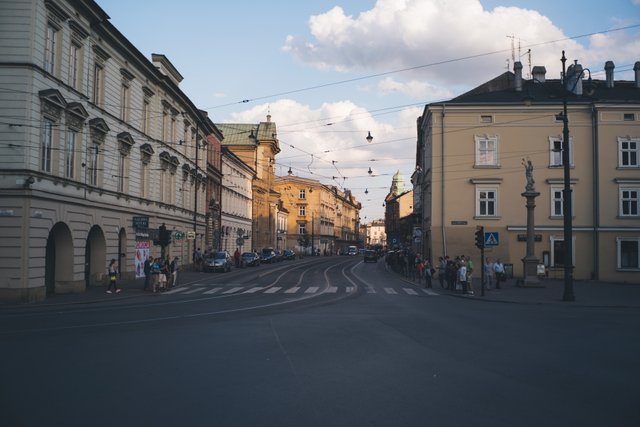
[A7s + 35mm lens]
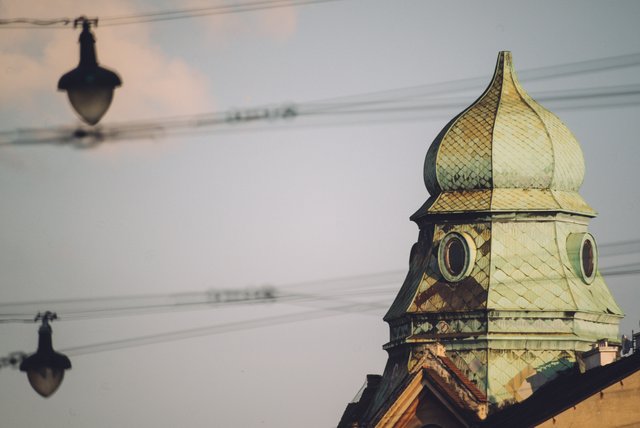
[A7s + 500mm Tokina RMC lens]
Below other pictures I snapped today walking around...(Cracow/Poland). They are not best ones, but hey - I own this lens only two days ;-)
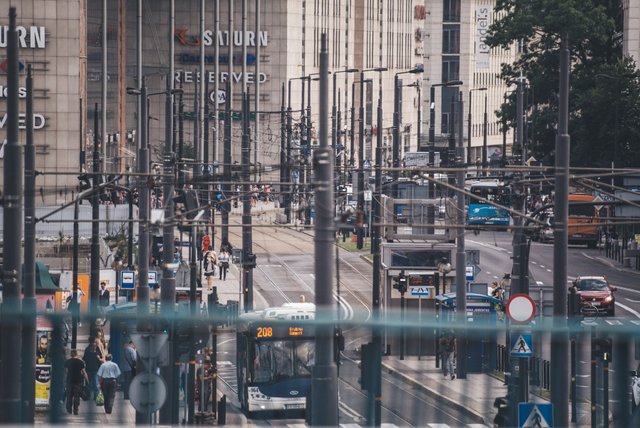
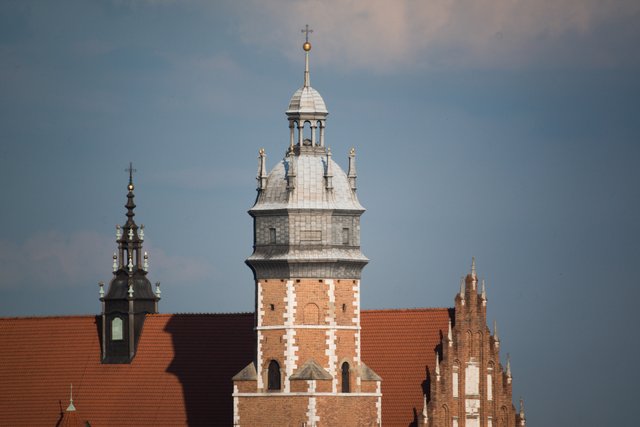
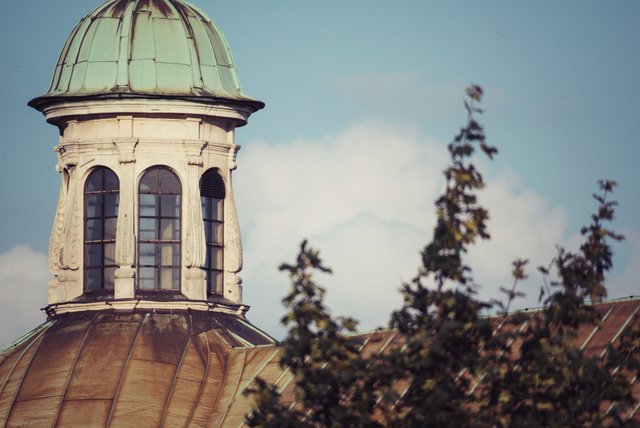
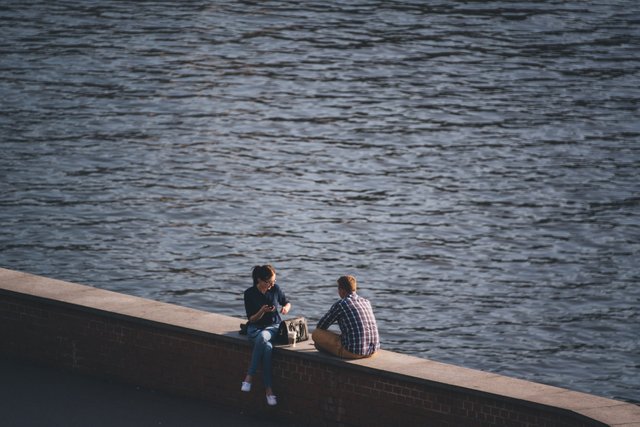
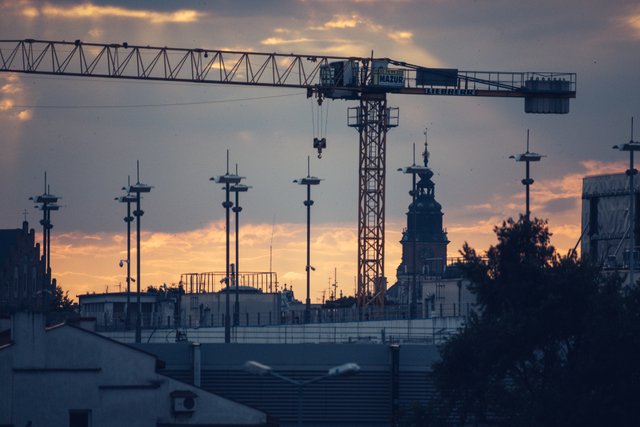
Hey xenon2 I just came across your posts, it's great stuff so keep it up! I look forward to your pinhole guide.
Thank you :-)
Keep them coming @xenon2!
I will try ;-)